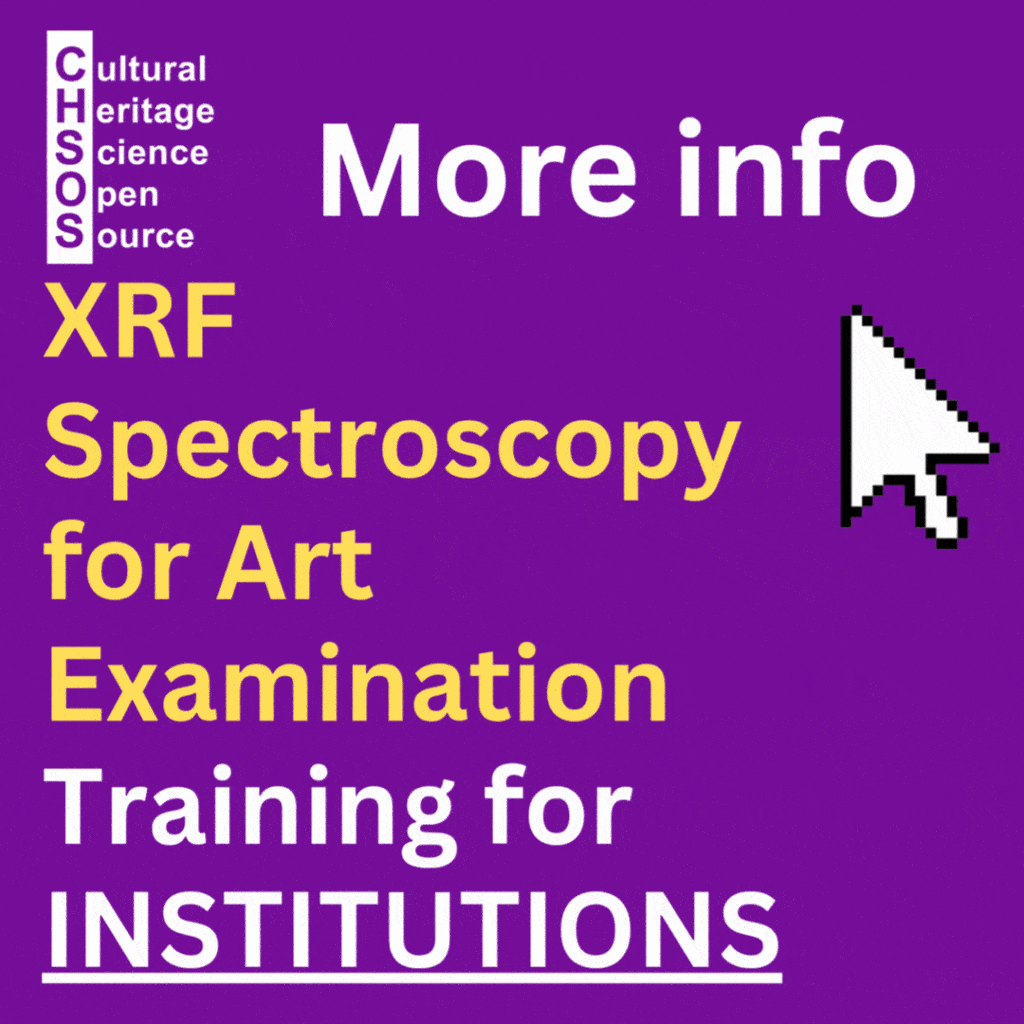
This lesson explores the use of infrared reflectography as a critical tool in enhancing the readability of palimpsests. Infrared reflectography allows for the examination of overwritten texts, particularly in cases where iron gall ink has been used. By making the iron gall ink transparent in the far-infrared spectral range, this technique provides a clearer view of underlying carbon-based inks, unveiling previously hidden or obscured writings. This method is invaluable in the field of manuscript analysis, particularly for historical and conservation purposes.
Objectives



- Understand the principles and applications of infrared reflectography in manuscript examination.
- Learn how infrared reflectography can enhance the visibility of overwritten texts in palimpsests.
- Gain practical experience using infrared reflectography to reveal underlying texts obscured by iron gall ink.
- Infrared reflectography camera
- mock-up palimpsests with iron gall ink overwriting
- Lighting sources suitable for infrared imaging
- Introduce the basic principles of infrared reflectography and its role in art and manuscript conservation.
- Explain how infrared wavelengths interact with various inks, particularly iron gall ink and carbon-based ink.
- Set up the infrared reflectography equipment and demonstrate its use on historical palimpsests.
- Showcase how iron gall ink becomes transparent in the far-infrared spectrum, revealing underlying text.
- Compare the results with visible light imaging to highlight the effectiveness of the technique.



To reinforce the concepts discussed here, we also provide a video lesson that visually walks through the key points of this topic. Watching the video alongside the text can help you better understand and apply these ideas in practice.
Scientific Art Examination – Resources:
Getty Conservation Institute (GCI) – USA
The British Museum – Scientific Research Department – UK
Scientific Research Department – The Metropolitan Museum of Art, New York, USA
C2RMF (Centre de Recherche et de Restauration des Musées de France) – France
Rijksmuseum – Science Department – Netherlands








